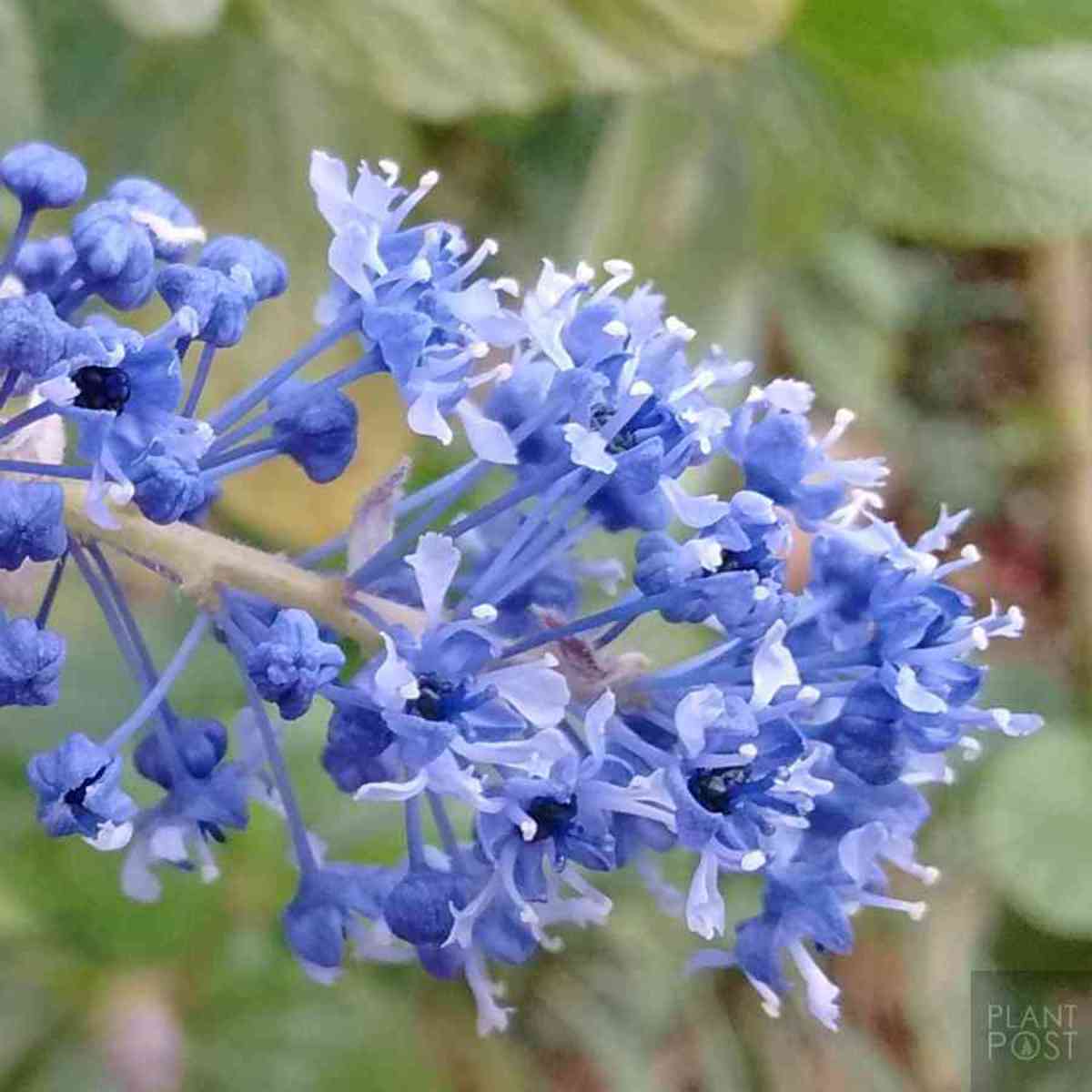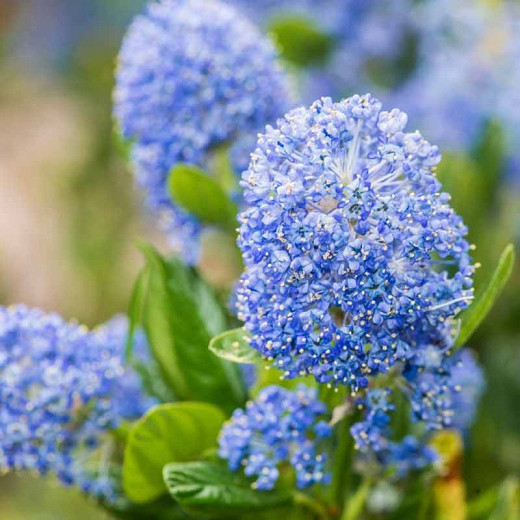How To Grow And Care For California Lilac Shrubs For
California lilacs (Ceanothus) are beautiful, drought-tolerant shrubs that are native to California. They are known for their showy clusters of blue, white, or pink flowers that bloom in spring and summer. California lilacs are relatively easy to grow and care for, making them a popular choice for gardeners in many parts of the country.
Choosing the right location
The most important factor in growing California lilacs is choosing the right location. These shrubs need full sun and well-drained soil. They can tolerate some light shade, but they will not flower as well if they do not get enough sun. California lilacs are also susceptible to winter damage in cold climates, so it is important to plant them in a sheltered location.
Planting
California lilacs can be planted in the spring or fall. When planting, dig a hole that is twice as wide as the root ball of the shrub. Backfill the hole with soil, tamping it down gently. Water the shrub well after planting.
Watering and fertilizing
California lilacs are relatively drought-tolerant once they are established. However, they will need more water during their first year of growth. Water the shrubs deeply once a week during the first year. After that, you can water them less frequently, depending on the weather.
California lilacs do not need to be fertilized often. A light application of fertilizer in the spring will help them to bloom well. You can use a balanced fertilizer, such as a 10-10-10 fertilizer.
Pruning
California lilacs do not need to be pruned often. However, you may want to prune them after they finish blooming to remove spent flowers and encourage new growth. You can also prune them to shape them or to control their size.
Problems and pests
California lilacs are relatively pest-resistant. However, they can be susceptible to a few problems, such as:
- Powdery mildew: This fungal disease can cause white, powdery spots to appear on the leaves of California lilacs. To control powdery mildew, you can use a fungicide or a homemade remedy, such as a baking soda solution.
- Scale insects: These insects can suck the sap from California lilacs, causing leaves to yellow and fall off. To control scale insects, you can use an insecticidal soap or neem oil.
- Aphids: These small insects can also suck the sap from California lilacs, causing leaves to curl and distort. To control aphids, you can use an insecticidal soap or neem oil.
Enjoying your California lilacs
California lilacs are a beautiful addition to any garden. They are easy to grow and care for, and they will reward you with their showy flowers for many years to come.
Californian lilac (Ceanothus) is a beautiful evergreen shrub that is native to California. It is known for its stunning blue flowers, which bloom in the spring and summer. Californian lilacs are relatively easy to care for and can tolerate a wide range of climates. They are also drought-tolerant, making them a good choice for gardens in dry areas.
If you are interested in learning more about Californian lilacs, I recommend visiting Home Gardening. This website has a wealth of information about Californian lilacs, including care tips, planting instructions, and a variety of different cultivars.
FAQ of californian lilac
- What is a California lilac?
A California lilac (Ceanothus) is a genus of flowering shrubs and small trees native to western North America. They are known for their showy clusters of flowers, which can be white, blue, purple, or pink. California lilacs are drought-tolerant and relatively easy to care for, making them a popular choice for landscaping.
- How do I grow a California lilac?
California lilacs prefer full sun and well-drained soil. They are relatively drought-tolerant once established, but they may need some supplemental watering during the first year or two after planting. California lilacs can be propagated from seed or from cuttings. If you are propagating from seed, you will need to stratify the seeds for at least three months before planting. If you are propagating from cuttings, you can take semi-ripe cuttings in the summer or fall.
- When do California lilacs bloom?
California lilacs typically bloom in the spring, but some varieties may bloom in the summer or fall. The exact timing of bloom will vary depending on the variety and the climate.
- How long do California lilacs live?
California lilacs can live for 30 years or more under ideal conditions.
- How do I care for a California lilac?
California lilacs are relatively low-maintenance plants. They need to be watered regularly during the first year or two after planting, but once they are established, they can tolerate some drought. California lilacs do not need to be fertilized often, but you can fertilize them once a year in the spring with a balanced fertilizer. California lilacs should be pruned in the late winter or early spring. Pruning will help to keep the plant healthy and encourage new growth.
- What are some common problems with California lilacs?
California lilacs are susceptible to a few pests and diseases, including aphids, scale, and powdery mildew. If you notice any problems with your California lilac, you can treat them with insecticidal soap or neem oil. California lilacs can also be affected by root rot if they are planted in poorly drained soil.
- Where can I buy California lilacs?
California lilacs are available at most garden centers and online retailers.
Image of californian lilac
10 different images of California lilac that are free to use:
- A close-up of a single California lilac flower. The flower is a deep purple color with a white center.

- A California lilac bush in full bloom. The bush is covered in purple flowers.

- A California lilac bush with a few leaves still on it. The leaves are a dark green color.

- A California lilac bush in the fall. The leaves are turning red and orange.

- A California lilac bush planted in a garden. The bush is surrounded by other flowers and plants.

- A California lilac bush in a pot. The bush is sitting on a patio or deck.

- A California lilac bush with a bird perched on it. The bird is a robin.

- A California lilac bush with a butterfly on it. The butterfly is a monarch butterfly.

- A California lilac bush with a hummingbird on it. The hummingbird is a Anna's hummingbird.

- A California lilac bush with a bee on it. The bee is a honeybee.
Post a Comment for "How To Grow And Care For California Lilac Shrubs For"